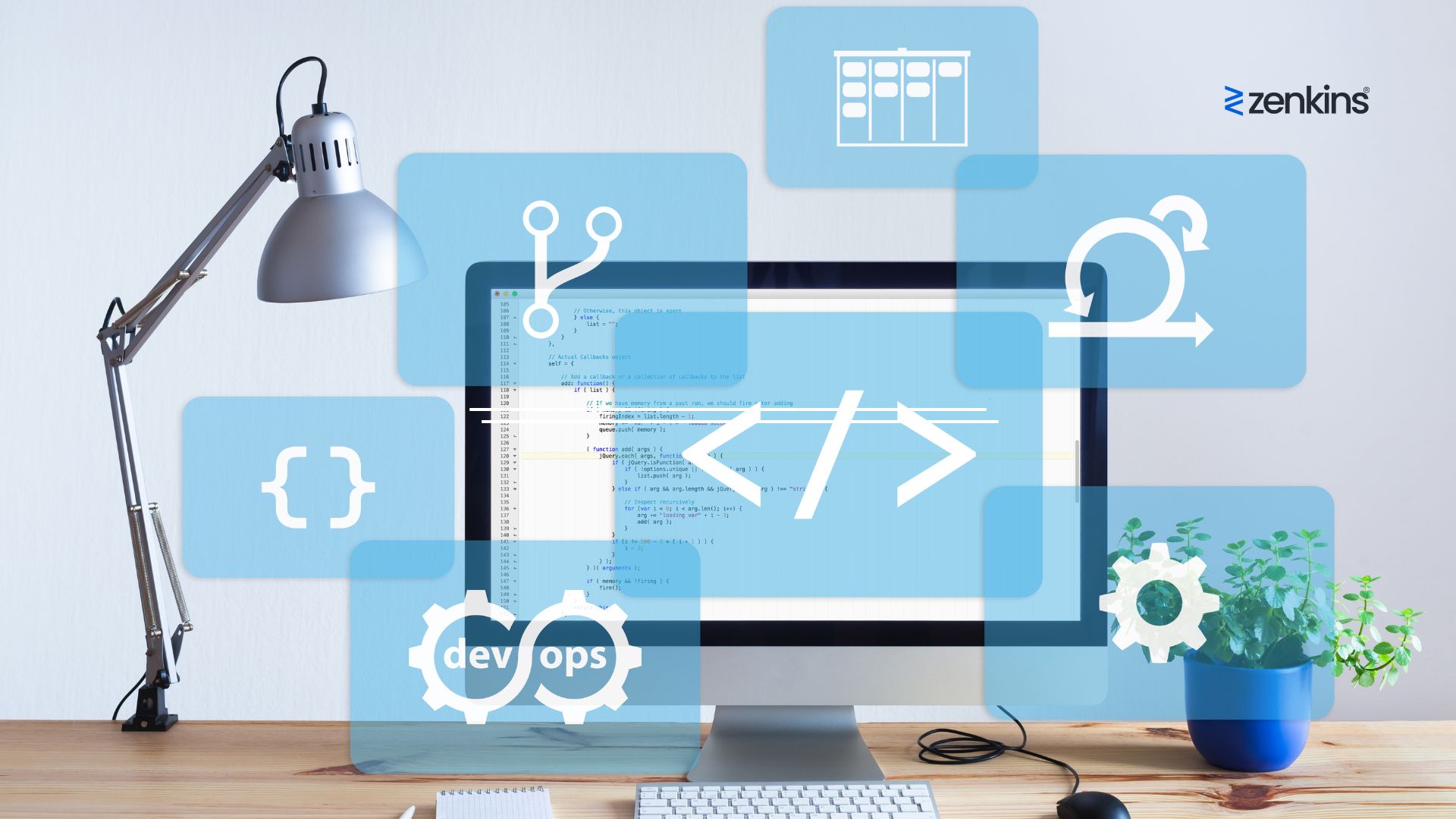Introduction to Agile and Waterfall Methodologies
Agile and Waterfall methodologies are two popular approaches to software development project management. Each methodology has its own distinct characteristics and is suited to different project requirements and team dynamics. Here’s a brief introduction to Agile and Waterfall methodologies:
- Waterfall Methodology: The Waterfall methodology follows a sequential and linear approach to software development. It is characterized by distinct phases that are completed in a sequential manner, with each phase building upon the previous one. The typical phases in the Waterfall methodology include requirements gathering, design, development, testing, deployment, and maintenance. Once a phase is completed, the project moves to the next phase, and there is minimal room for revisiting or revising previous phases. The Waterfall methodology emphasizes detailed planning, documentation, and a structured approach. It is most effective when project requirements are well-defined and unlikely to change significantly throughout the project.
- Agile Methodology: The Agile methodology is an iterative and flexible approach that focuses on collaboration, adaptability, and continuous improvement. It promotes frequent feedback loops and incorporates changes throughout the development process. Agile methodologies, such as Scrum and Kanban, divide the project into smaller iterations called sprints. Each sprint typically lasts a few weeks and involves planning, development, testing, and review. At the end of each sprint, the team evaluates progress, incorporates feedback, and adjusts the project direction as needed. Agile methodologies encourage cross-functional teams, regular communication, and a customer-centric approach. They are most effective when project requirements are dynamic, subject to change, and require frequent collaboration with stakeholders.
Key Differences:
- Approach: Waterfall follows a linear, sequential approach, while Agile is iterative and flexible.
- Documentation: Waterfall emphasizes comprehensive documentation throughout the project, whereas Agile values working software over extensive documentation.
- Change Management: Waterfall is less adaptable to change, as it follows a fixed plan, while Agile embraces change and allows for flexibility.
- Team Structure: Waterfall typically has defined roles and specialized teams, whereas Agile encourages cross-functional and self-organizing teams.
- Customer Involvement: Agile involves customers and stakeholders throughout the development process, while Waterfall generally has less customer involvement until the final stages.
Overview of the Agile software development methodology
Agile software development is an iterative and flexible approach to software development that focuses on delivering high-quality software in a collaborative and adaptive manner. It prioritizes customer satisfaction, continuous improvement, and the ability to respond to changing requirements throughout the development process. Here’s an overview of the Agile software development methodology:
- Values and Principles: Agile software development is guided by the Agile Manifesto, which emphasizes the following values:
- Individuals and interactions over processes and tools
- Working software over comprehensive documentation
- Customer collaboration over contract negotiation
- Responding to change over following a plan
Agile principles include customer satisfaction, frequent delivery of working software, embracing change, self-organizing teams, and continuous improvement.
- Iterative Development: Agile projects are divided into iterations called sprints, typically lasting 1-4 weeks. Each sprint focuses on delivering a potentially shippable increment of software. The development team collaborates closely with stakeholders to define and prioritize user stories or requirements for each sprint. At the end of each sprint, the team showcases the working software to stakeholders for feedback and adjusts the project direction as needed.
- Cross-Functional Teams: Agile promotes the formation of self-organizing, cross-functional teams that include members with diverse skills and expertise. These teams are responsible for all aspects of the software development process, including analysis, design, development, testing, and deployment. Close collaboration and effective communication within the team are essential for success.
- Continuous Integration and Delivery: Agile emphasizes continuous integration, where developers frequently merge their code changes into a shared repository to detect and resolve integration issues early. Continuous delivery focuses on ensuring that software is always in a deployable state, allowing for rapid and frequent releases to production. Automated testing and deployment processes play a crucial role in achieving continuous integration and delivery (CI/CD) practices.
- Embracing Change: Agile recognizes that requirements can change over the course of a project. It embraces change and encourages close collaboration with stakeholders throughout the development process. By regularly gathering feedback and adapting to changing needs, Agile teams can deliver software that better aligns with customer expectations.
- Agile Frameworks and Practices: Agile methodologies, such as Scrum, Kanban, and Extreme Programming (XP), provide specific frameworks and practices for implementing Agile principles. Scrum, for example, introduces roles (Product Owner, Scrum Master, and Development Team), artifacts (Product Backlog, Sprint Backlog, and Increment), and ceremonies (Sprint Planning, Daily Stand-ups, Sprint Review, and Retrospective) to guide the iterative development process.
- Continuous Improvement: Agile teams prioritize continuous improvement through regular retrospectives. Retrospectives provide a dedicated time for the team to reflect on their processes, identify areas for improvement, and implement changes in subsequent sprints. This focus on continuous learning and improvement is crucial for adapting and refining the development process over time.
Key principles and benefits of using Agile methodology
Key Principles of Agile Methodology:
- Customer Collaboration: Agile emphasizes close collaboration with customers and stakeholders throughout the development process. Their active involvement helps ensure that the delivered software meets their needs and expectations.
- Adaptive Planning: Agile recognizes that requirements can evolve and change. Instead of rigidly following a fixed plan, Agile embraces a flexible approach, allowing for incremental and iterative planning that adapts to changing circumstances.
- Iterative and Incremental Delivery: Agile projects are divided into short iterations or sprints. Each sprint focuses on delivering a working increment of the software, providing value to the customer at regular intervals.
- Self-Organizing Teams: Agile promotes self-organizing teams that are empowered to make decisions and take ownership of their work. This fosters collaboration, accountability, and creativity within the team.
- Continuous Feedback and Improvement: Agile encourages regular feedback from customers, stakeholders, and team members. Through retrospectives and continuous learning, Agile teams can identify areas for improvement and make adjustments to enhance the software development process.
Benefits of Agile Methodology:
- Increased Customer Satisfaction: Agile’s emphasis on close collaboration and iterative delivery ensures that customer feedback is continuously incorporated into the development process. This leads to software that better meets customer expectations, resulting in higher customer satisfaction.
- Enhanced Flexibility and Adaptability: Agile enables teams to respond to changing requirements and priorities. The iterative nature of Agile allows for flexibility and the ability to make adjustments throughout the project, improving responsiveness to market demands.
- Faster Time to Market: By delivering working increments of the software at regular intervals, Agile reduces time to market. This allows organizations to gain a competitive advantage by getting their products and features in the hands of customers sooner.
- Improved Quality: Agile places a strong emphasis on continuous integration, testing, and feedback, which leads to better-quality software. Regular testing and customer feedback help identify and address issues early, resulting in higher-quality deliverables.
- Enhanced Team Collaboration and Morale: Agile promotes cross-functional teams, close collaboration, and self-organization. This fosters a positive team environment, encourages knowledge sharing, and boosts team morale, leading to improved productivity and job satisfaction.
- Transparency and Visibility: Agile methodologies promote transparency and visibility into the development process. The use of visual tools, such as Kanban boards or burndown charts, helps stakeholders and team members track progress, identify bottlenecks, and make data-driven decisions.
- Risk Mitigation: Agile’s iterative approach allows for early identification and mitigation of project risks. Frequent iterations provide opportunities to address potential issues and make course corrections, reducing the overall project risk.
Explanation of the Waterfall software development methodology
The Waterfall software development methodology is a linear and sequential approach to software development that follows a structured and predetermined process. It is characterized by distinct phases that are completed in a sequential order. Here’s a detailed explanation of the Waterfall methodology:
- Requirements Gathering: In the Waterfall methodology, the first phase involves gathering and documenting all the requirements for the software. This phase focuses on understanding the needs and expectations of the stakeholders and creating a comprehensive list of requirements.
- System Design: Once the requirements are gathered, the system design phase begins. In this phase, the software system is designed in detail, including its architecture, components, and modules. The design specifications serve as a blueprint for the subsequent phases.
- Implementation: After the system design is completed, the implementation phase begins. This is where the actual coding and development of the software take place based on the design specifications. The development team follows the predefined plan and builds the software accordingly.
- Testing: Once the development phase is finished, the software undergoes testing. Testing is carried out to ensure that the software functions as expected and meets the specified requirements. Various types of testing, such as unit testing, integration testing, and system testing, are performed to identify and resolve any defects or issues.
- Deployment: After successful testing, the software is deployed or released to the end-users or customers. This phase involves installing the software on the intended hardware or infrastructure and making it available for use.
- Maintenance: The final phase of the Waterfall methodology is maintenance. Once the software is deployed, any issues, bugs, or enhancements that arise are addressed and resolved. Updates and patches are released as necessary to ensure the ongoing performance and usability of the software.
Key Characteristics of the Waterfall Methodology:
- Sequential and Linear: The Waterfall methodology follows a strict sequence of phases, with each phase being completed before moving on to the next. There is little to no overlap or iteration between the phases.
- Emphasis on Documentation: The Waterfall methodology emphasizes thorough documentation at each phase of the development process. Detailed documentation includes requirements, design specifications, and test plans, providing a comprehensive record of the software’s development.
- Minimal Customer Involvement: Customer involvement is typically limited to the requirements gathering phase and final product acceptance. Customers are not actively engaged throughout the development process, and changes to requirements after the initial phase are discouraged.
- Fixed Scope and Schedule: The Waterfall methodology relies on a well-defined scope and fixed timeline. Once the project plan is established, changes to requirements or deviations from the schedule are generally not accommodated without impacting the entire project.
- Limited Flexibility: The Waterfall methodology lacks flexibility as it does not allow for major changes or adaptations once a phase is completed. It assumes that the requirements are known and stable at the beginning of the project.
Advantages and disadvantages of the Waterfall methodology
Advantages of the Waterfall Methodology:
- Clear Structure: The Waterfall methodology provides a clear and well-defined structure with distinct phases and deliverables. This makes it easy to understand and manage the project’s progress.
- Simple and Easy to Follow: The sequential nature of the Waterfall methodology makes it easy to follow, especially for smaller projects with well-understood requirements. The linear flow allows for a straightforward approach to development.
- Documentation: The Waterfall methodology emphasizes comprehensive documentation at each phase, ensuring that requirements, design specifications, and project plans are well-documented. This can be beneficial for future reference, maintenance, and knowledge transfer.
- Clear Milestones and Deliverables: The Waterfall methodology sets clear milestones and deliverables for each phase. This provides stakeholders with a tangible way to measure progress and evaluate project success.
- Suitable for Stable Requirements: The Waterfall methodology works well when requirements are stable and unlikely to change significantly during the development process. It is effective for projects with well-defined and fixed scope.
Disadvantages of the Waterfall Methodology:
- Limited Flexibility: The Waterfall methodology lacks flexibility and does not easily accommodate changes or new requirements once a phase is completed. It can be challenging to incorporate feedback or adapt to changing circumstances without going back to earlier stages, resulting in delays and increased costs.
- Late Error Discovery: Testing and quality assurance activities typically occur towards the end of the Waterfall process. This means that errors or defects may not be identified until the testing phase, which can lead to costly rework or delays in addressing issues.
- Limited Customer Involvement: The Waterfall methodology typically involves limited customer involvement during the development process. Customers may have limited visibility into the progress until the final product is delivered, which can increase the risk of misalignment between expectations and the final outcome.
- Risk of Project Delays: Due to the sequential nature of the Waterfall methodology, delays in any phase can have a cascading effect on subsequent phases. If any phase encounters unexpected challenges or takes longer than planned, it can significantly impact the overall project timeline.
- Lack of Iteration and Adaptation: The Waterfall methodology does not provide built-in opportunities for iteration and adaptation. It assumes that requirements can be fully defined at the beginning and may not adequately address the need for flexibility or the ability to respond to changing circumstances.
The Waterfall methodology is best suited for projects with stable and well-defined requirements, where changes are unlikely to occur. It may not be suitable for projects that require flexibility, customer collaboration, or have evolving requirements.
Factors to consider when choosing a software development methodology
When choosing a software development methodology, several factors should be considered to ensure the most appropriate approach for the project. Here are some key factors to consider:
- Project Requirements: Assess the project’s requirements and nature. If the requirements are stable and well-defined, a more traditional and sequential approach like Waterfall may be suitable. If the requirements are dynamic or likely to change, an Agile methodology may be a better fit.
- Project Size and Complexity: Consider the size and complexity of the project. Agile methodologies are often more effective for complex and larger projects due to their iterative and incremental approach, while Waterfall may be more suitable for smaller, straightforward projects.
- Team Experience and Expertise: Evaluate the experience and expertise of the development team. If the team has prior experience and familiarity with a specific methodology, it may be more efficient to leverage their expertise and choose a methodology they are comfortable with.
- Time Constraints: Consider the project timeline and time constraints. Agile methodologies offer faster delivery of working increments, which can be beneficial if there are strict deadlines or a need for quick time to market. Waterfall may be suitable for projects with more relaxed timelines.
- Customer Collaboration: Determine the level of customer involvement and collaboration required. Agile methodologies prioritize customer collaboration and feedback throughout the development process, making them suitable when customer involvement and satisfaction are critical.
- Flexibility and Adaptability: Assess the project’s level of uncertainty and the potential for changes in requirements. Agile methodologies are more flexible and adaptive, allowing for changes and iterations, while Waterfall may be more suitable when requirements are stable and changes are unlikely.
- Risk Tolerance: Consider the project’s risk tolerance. Agile methodologies provide more opportunities for early identification and mitigation of risks through frequent iterations and customer feedback. Waterfall may be suitable for risk-averse projects where a more structured and predictable approach is desired.
- Communication and Documentation: Evaluate the project’s communication and documentation needs. Agile methodologies emphasize frequent communication and face-to-face interactions, while Waterfall places more emphasis on comprehensive documentation at each phase.
It’s important to carefully evaluate these factors and select a methodology that aligns with the project’s specific requirements, team capabilities, and overall objectives to maximize the chances of successful software development. It’s also worth noting that hybrid approaches, combining elements of different methodologies, can be adopted based on the unique needs of a project.
Conclusion: Choosing the right software development methodology for your project
Choosing the right software development methodology for your project is crucial for its success. It requires a thoughtful evaluation of various factors, including project requirements, size, complexity, team expertise, time constraints, customer collaboration needs, flexibility, risk tolerance, and communication/documentation requirements.
Agile methodologies, such as Scrum or Kanban, are well-suited for projects with evolving requirements, complex and larger-scale projects, and those requiring frequent customer collaboration and adaptability. They offer flexibility, faster time to market, and iterative development cycles.
On the other hand, Waterfall methodology is suitable for projects with stable and well-defined requirements, smaller-scale projects, and those with limited room for changes. It provides a structured and predictable approach with a clear linear progression through defined phases.
In some cases, a hybrid approach or a combination of methodologies may be appropriate, allowing for tailored processes that address specific project needs.
Ultimately, the choice of methodology should be based on a thorough assessment of the project’s unique characteristics, team capabilities, and stakeholder expectations. Consider the trade-offs between predictability and adaptability, speed and thoroughness, and choose the methodology that best aligns with your project’s goals, resources, and constraints.
Remember that the chosen methodology is not set in stone and can be adjusted as the project progresses, provided that the adjustments are made with careful consideration and effective communication among team members and stakeholders.




